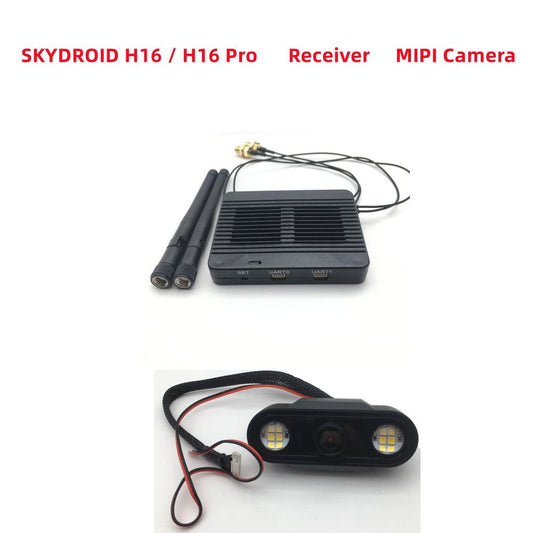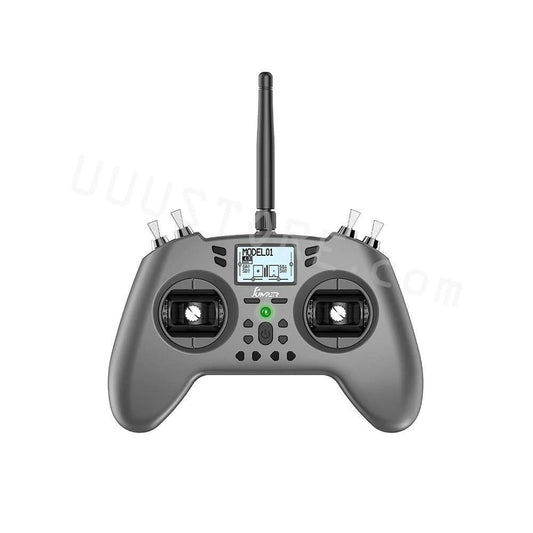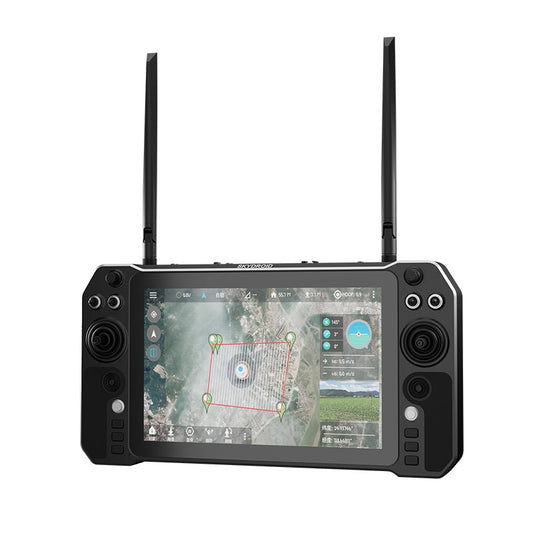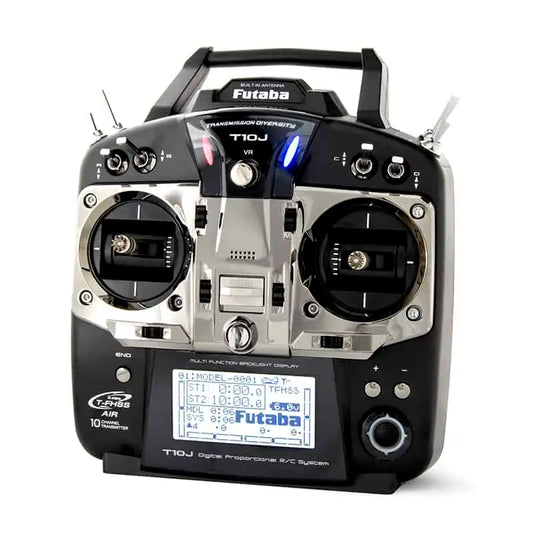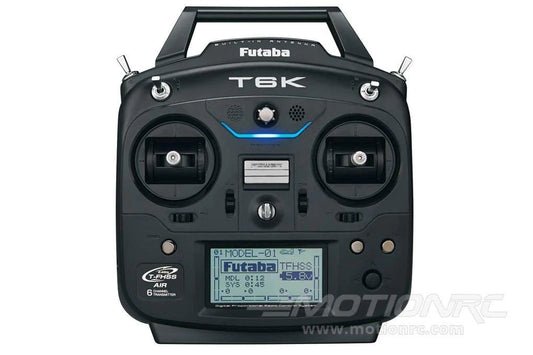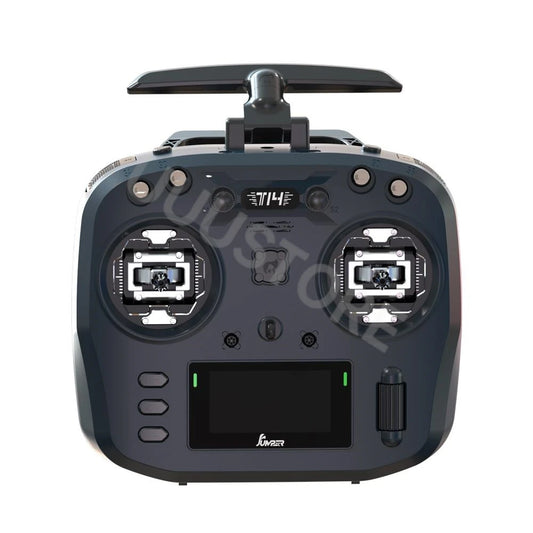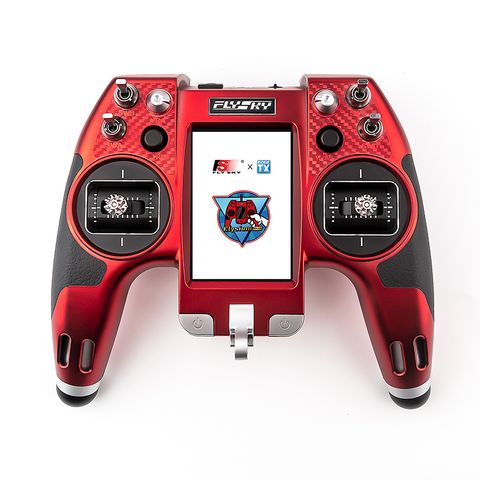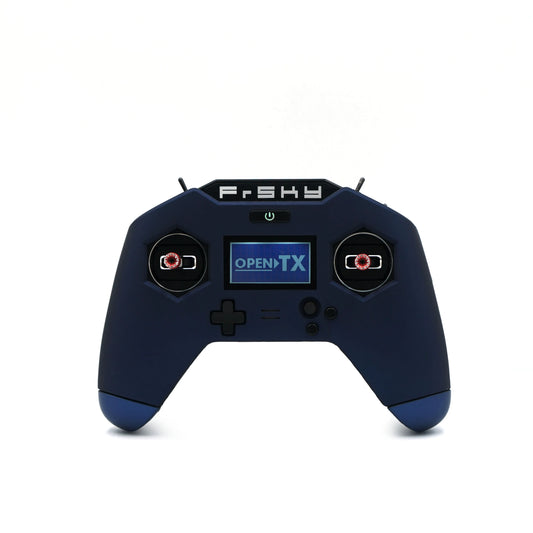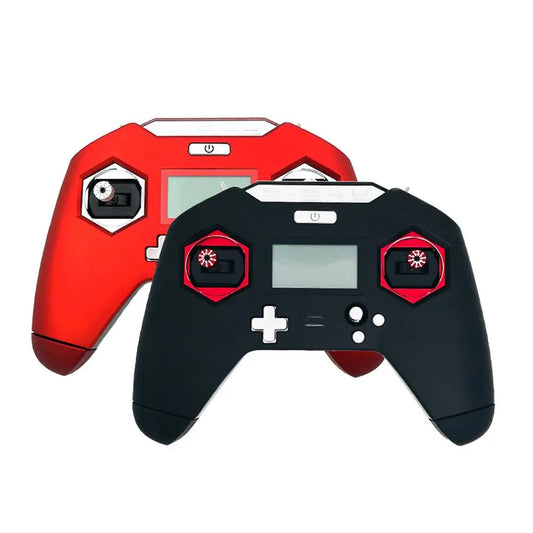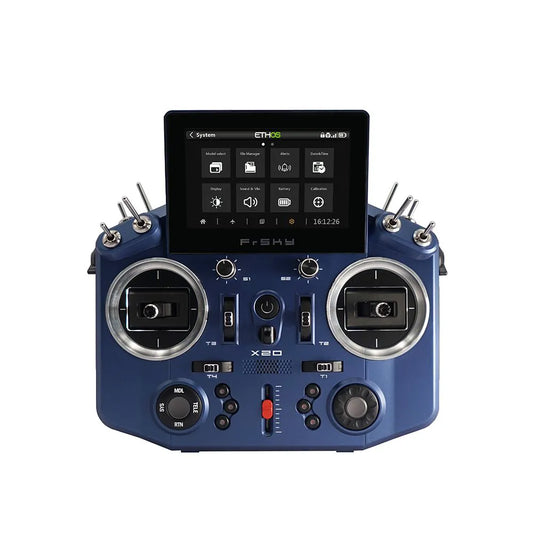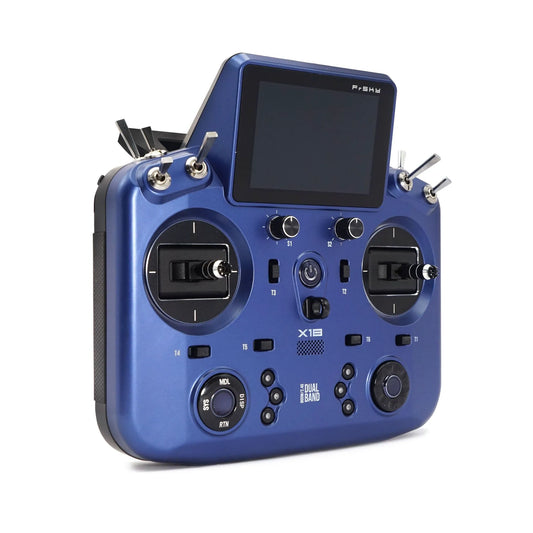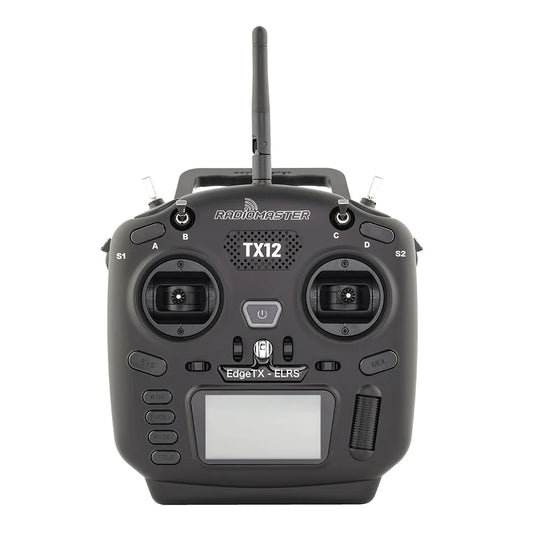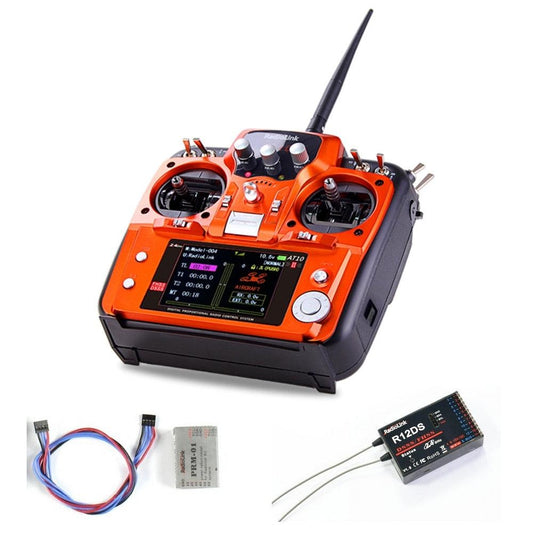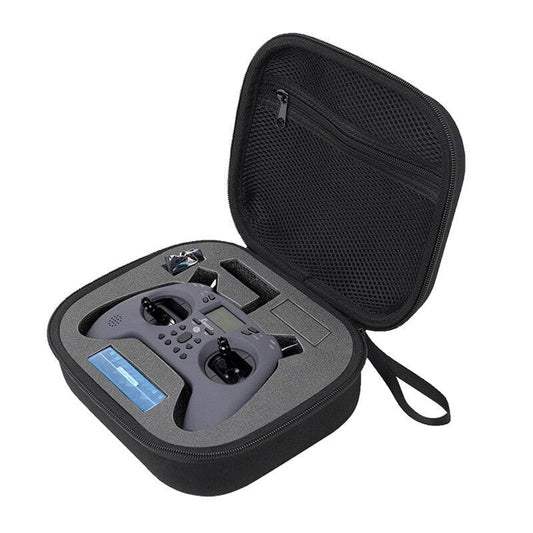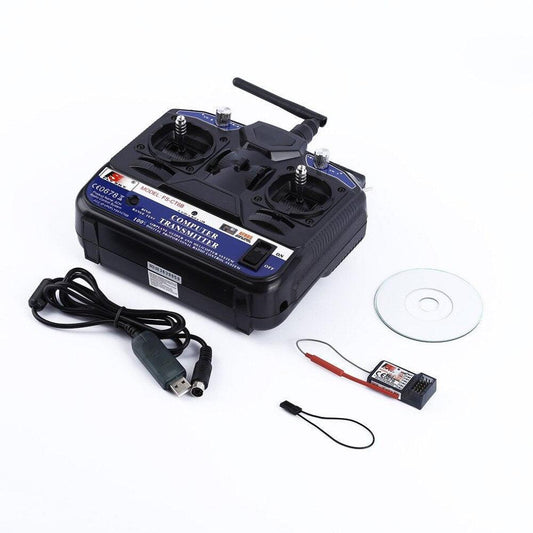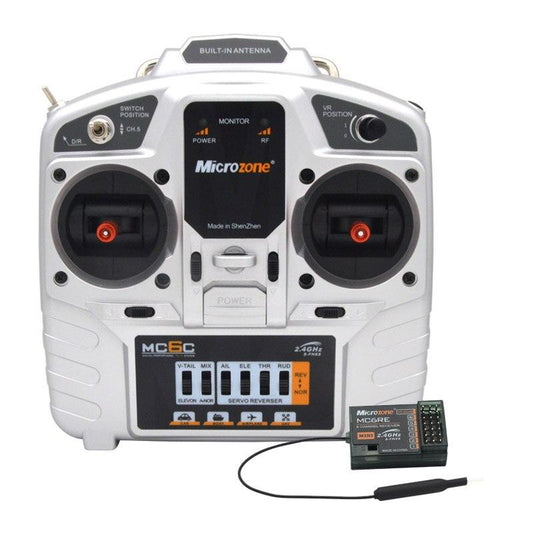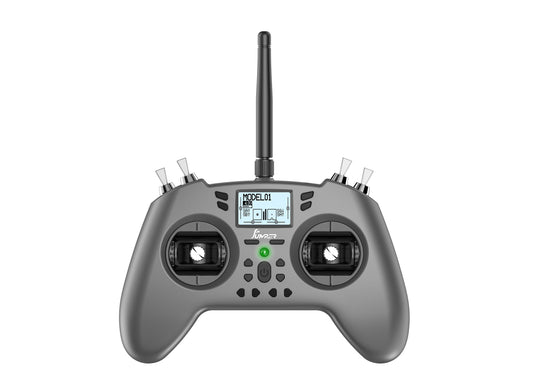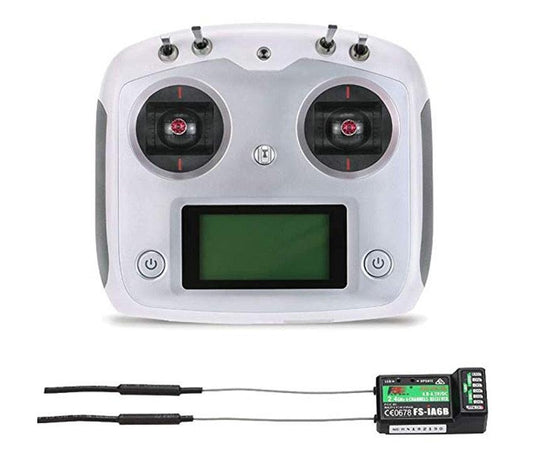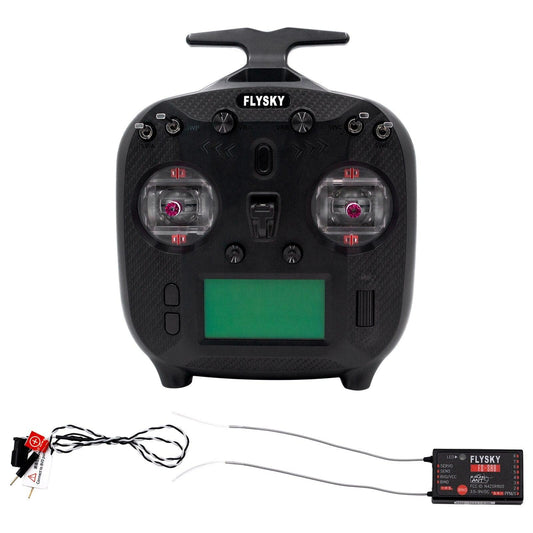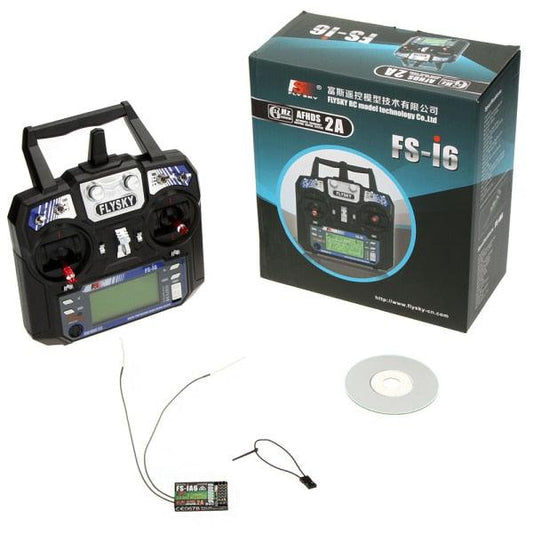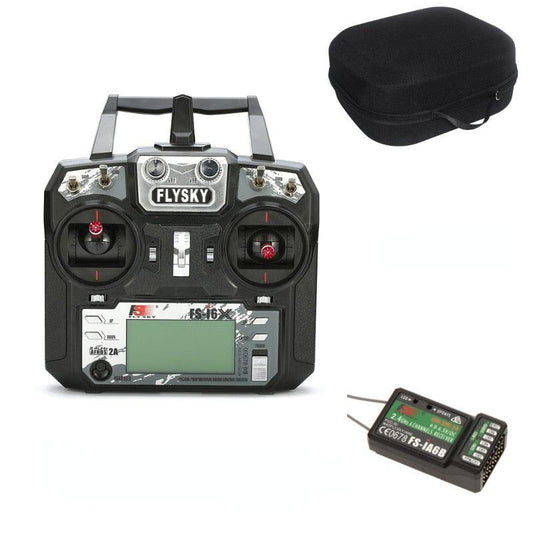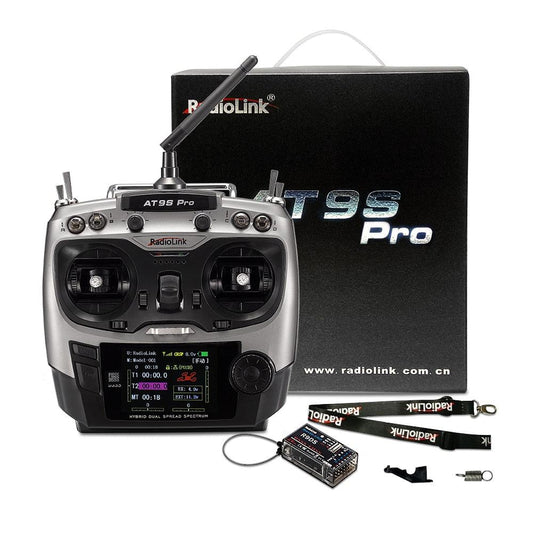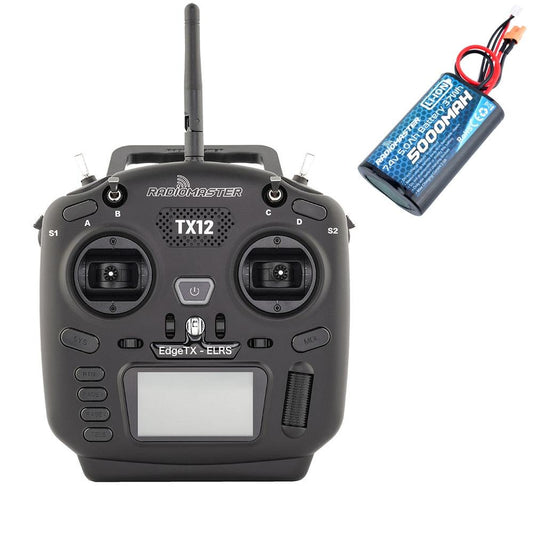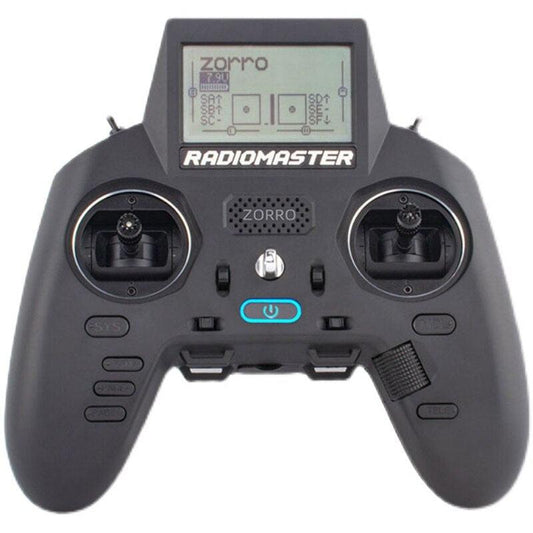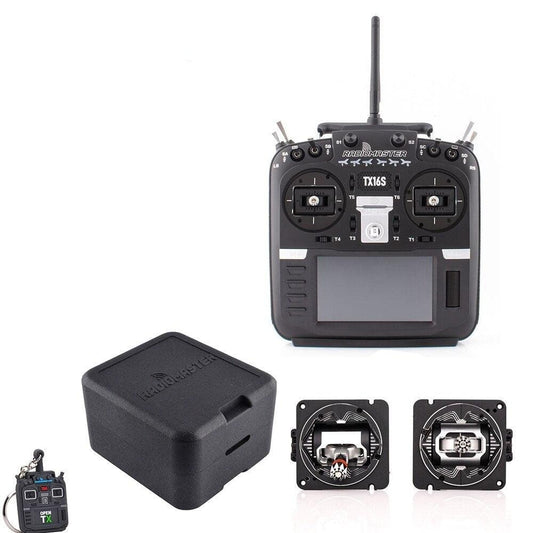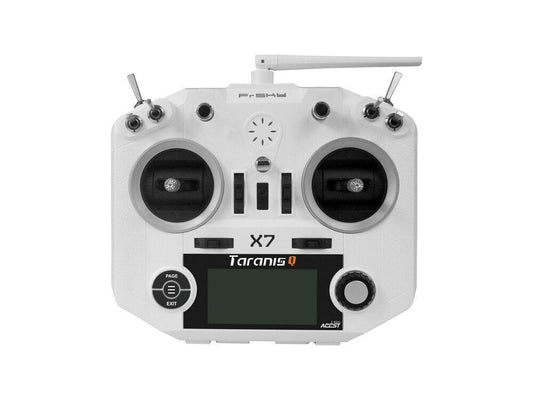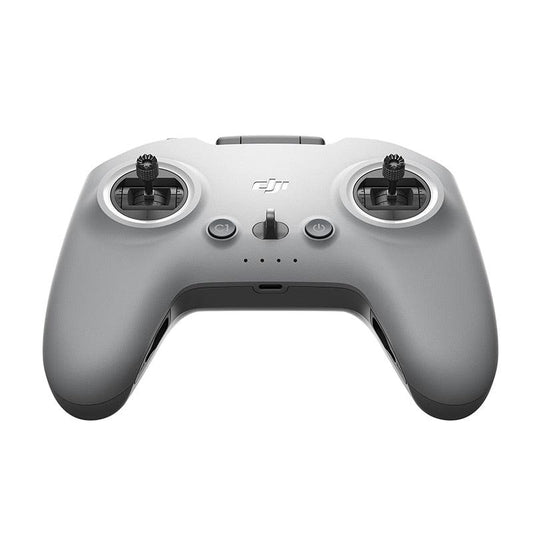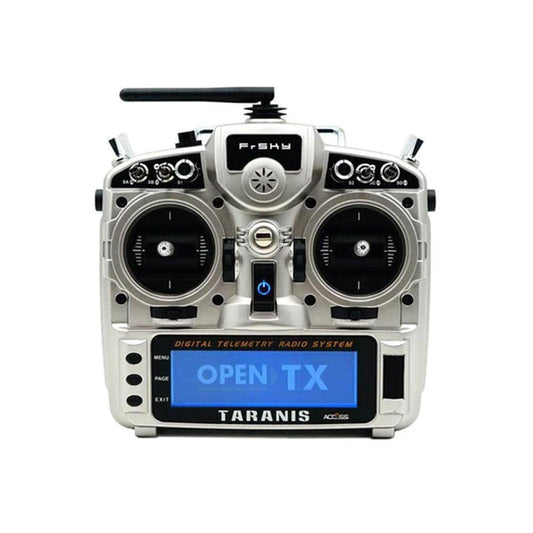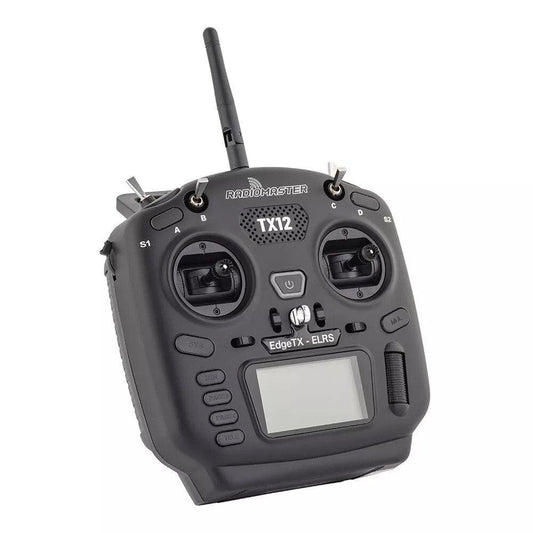-
Skydroid H16 / Pro 2.4GHz 16CH FHSS 20KM 1080P Digital Video Data Transmission Telemetry Transmitter w/ R16 Receiver MIPI Camera
Regular price From $69.88 USDRegular priceUnit price per -
FIMI X8 MINI RC Quadcopter Remote Control - drone Spare Parts camera drone Remote Controller Transmitter for FIMI X8 MINI Drone
Regular price $97.01 USDRegular priceUnit price per -
TBS Ethix Mambo Transmitter - FPV RC Radio Drone Controller 2.4Ghz Long range remote control Hall Sensor Gimbals Transmitter For RC Drone
Regular price $446.77 USDRegular priceUnit price per -
Jumper T-Lite V2 Transmitter - 2.4GHz 16CH Hall Sensor Gimbals Built-in ELRS/ JP4IN1 Multi-protocol OpenTX Transmitter for RC Drone Airplane FPV Remote Controller
Regular price From $90.30 USDRegular priceUnit price per -
Futaba 10J Transmitter - 10 Channel 2.4GHz S-FHSS T-FHSS Radio Controller with R3008SB
Regular price From $389.00 USDRegular priceUnit price per -
DJI FPV Remote Controller 3
Regular price $249.00 USDRegular priceUnit price per -
Skydroid H30 Remote Controller With 10.1 Inch Touch Screen - 800MHz 1.4GHz 2.4GHz Long Range Radio Remote Controller For UAV VTOL Agri Drone
Regular price $2,399.00 USDRegular priceUnit price per -
Futaba 10J 10-Channel Transmitter - S-FHSS T-FHSS 30 Model Memory 128x64dot LCD Screen with R3008SB Receiver
Regular price $429.00 USDRegular priceUnit price per -
Futaba 6K-V3S 8-Channel S-FHSS/T-FHSS Transmitter 128x64 DOT LCD screen with R3008SB Receiver
Regular price $339.00 USDRegular priceUnit price per -
Jumper T14 Transmitter - 2.4GHz/915MHz 1W ELRS VS-M CNC Hall Sensor Gimbals 2.42" OLED Screen EdgeTX Radio Controller for FPV RC Racer Drone
Regular price From $129.42 USDRegular priceUnit price per -
FLYSKY Elysium EL18 Transmitter - 2.4GHz AFHDS 3 Open Source EdgeTX Transmitter with Tmr Micro Receiver
Regular price $289.00 USDRegular priceUnit price per -
FrSky Taranis X-Lite Pro ACCESS 2.4GHz Radio Controller
Regular price $259.00 USDRegular priceUnit price per -
FrSky Taranis X-Lite S ACCESS 2.4GHz Radio Controller
Regular price $169.00 USDRegular priceUnit price per -
FrSky Ethos Tandem X20/X20S/X20HD/X20Pro Transmitter - With Build-in 900M/2.4G Dual-Band Internal RF Module FPV Drone Airplane Remote Controller
Regular price From $435.00 USDRegular priceUnit price per -
FrSky Tandem X18/X18S/X18SE Transmitter - Internal 900MHz/2.4GHz Dual-Band & External Module Bay FPV Drone RC Plane Remote Controller
Regular price From $359.00 USDRegular priceUnit price per -
RadioMaster TX12 Mark II Radio Controller
Regular price From $118.96 USDRegular priceUnit price per -
RadioLink AT10 II - 2.4Ghz 12CH RC Transmitter with R12DS Receiver PRM-01 Voltage Return Module Battery for RC Quadcopter
Regular price From $38.21 USDRegular priceUnit price per -
Jumper T-Lite Storage Bag Portable Carrying Case Remote Control Protector Handbag for TLite Series / RadioLink T8S Transmitter
Regular price $22.63 USDRegular priceUnit price per -
Flysky FS-CT6B 2.4G 6-Channel AFHDS Transmitter with FS-R6B Receiver for RC Quadcopter Multirotor Drone Airplane
Regular price From $23.61 USDRegular priceUnit price per -
MicroZone MC6C V2 - 2.4G 6CH controller transmitter receiver radio system for RC airplane drone multirotor helicopter car boat
Regular price $51.64 USDRegular priceUnit price per -
Jumper T-Lite V2 Transmitter - 2.4GHz 16CH Hall Sensor Gimbals Built-in ELRS/ JP4IN1 Multi-protocol OpenTX Transmitter for RC Drone Airplane
Regular price From $28.98 USDRegular priceUnit price per -
Flysky FS-I6S 10ch 2.4G AFHDS 2A RC Transmitter Control W/ FS-iA6B Receiver for RC Drone Quadcopter
Regular price From $74.62 USDRegular priceUnit price per -
FLYSKY FS-ST8 2.4GHz 8CH Transmitter - Remote Controller ANT Protocol with FS-SR8 Receiver 1000M Remote Control Distance
Regular price From $33.68 USDRegular priceUnit price per -
Flysky FS-i6X 10CH Radio Transmitter + Flysky ia10B Receiver 2.4GHz, AFHDS 2A for FPV Racing RC Drone Quadcopter
Regular price $88.10 USDRegular priceUnit price per -
Newest FlySky FS-i6 Remote Controller 2.4G 6CH AFHDS RC Transmitter With FS-iA6 or IA6B Receiver For RC Helicopter Plane drone
Regular price From $88.98 USDRegular priceUnit price per -
FLYSKY FS-i6X I6X AFHDS 2A RC Transmitter with X6B IA IA6B IA10B Receiver 10CH 2.4GHz for Aairplane Helicopter FPV Racing Drones
Regular price From $92.16 USDRegular priceUnit price per -
RadioLink AT9S PRO - 2.4G 12CH DSSS FHSS Mode2 Transmitter W/R9DS Receiver for RC Model Airplane Drones
Regular price From $114.93 USDRegular priceUnit price per -
RadioMaster TX12 MKII 16CH ELRS CC2500 Hall Gimbals Radio Transmitter Support OPENTX EDGETX
Regular price From $119.54 USDRegular priceUnit price per -
RadioMaster ZORRO High-Frequency Hall Handle Radio Control Multi-protocol JP4in1 CC2500 ELRS Starter Set
Regular price From $132.60 USDRegular priceUnit price per -
RadioMaster TX16S MKII V4.0 Mark II Hall Gimbal 4IN1 ELRS Radio Controller Transmitter EdgeTX/OpenTX for RC FPV Drone
Regular price From $28.01 USDRegular priceUnit price per -
FrSky ACCESS Taranis Q X7 QX7 2.4GHz 16CH Transmitter For RC Multicopter FRSKY X7
Regular price From $149.62 USDRegular priceUnit price per -
DJI FPV Remote Controller 2 DJI FPV Goggles V2 for DJI FPV Drone Combo with Ergonomic Design Compatible wiht DJI AVATA IN STOCK
Regular price $249.15 USDRegular priceUnit price per -
FrSky Taranis X9D Plus 2019 ACCESS RC Transmitter W Silver Radio Control Hall Gimbals Drones Airplane Multi-protocol Frsky
Regular price $314.72 USDRegular priceUnit price per -
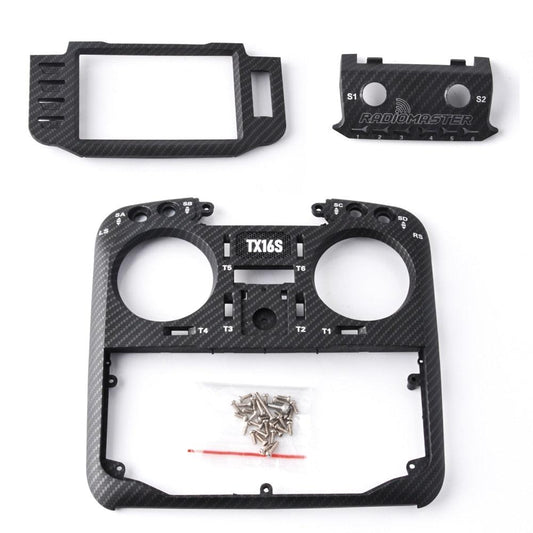
RadioMaster TX16SMKII Transmitter Multi-color Cover Shell Spare Part Replacement Front Case - Carbon
Regular price From $32.92 USDRegular priceUnit price per -
RadioMaster TX16S Transmitter Multi-color Cover Shell Spare Part Replacement Front Case - Silver
Regular price From $35.86 USDRegular priceUnit price per -
RadioMaster TX12 MKII 16ch Hall Gimbals Support OPENTX and EDGETX Remote Control Transmitter
Regular price From $118.13 USDRegular priceUnit price per
